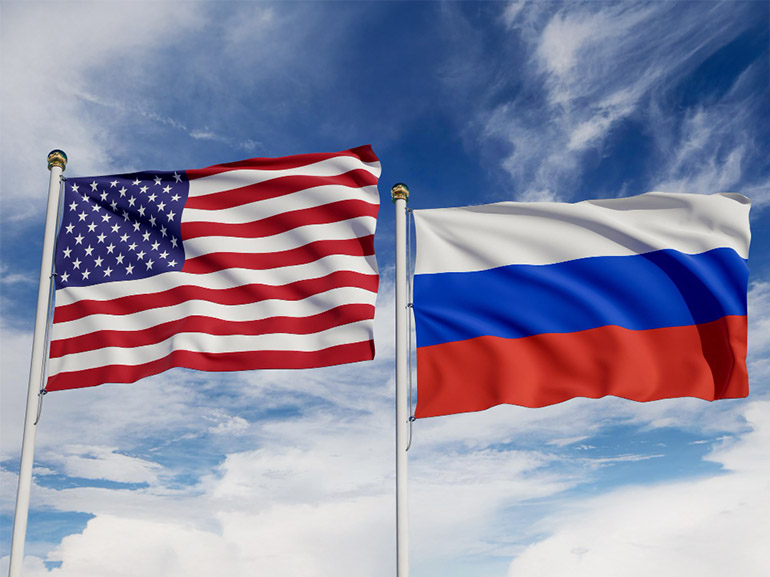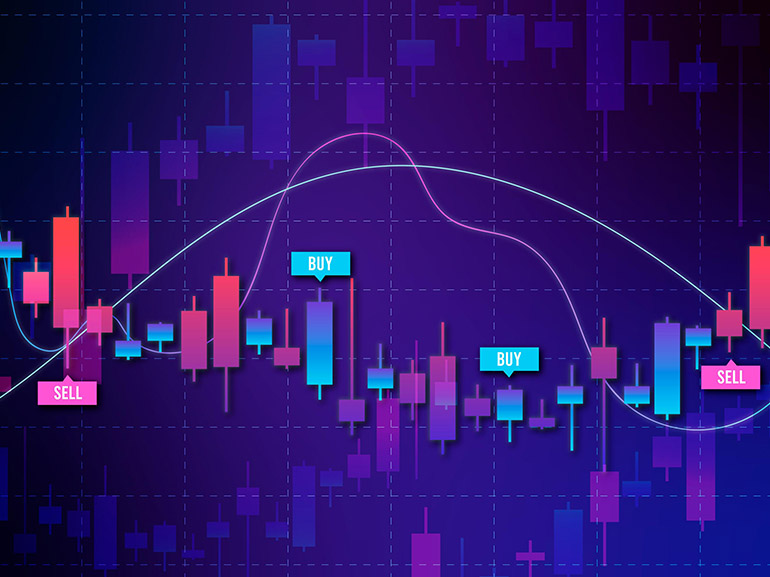EU-US Strike 15% Tariff Deal Ahead of Deadline
The Nasdaq (NQ) extended to fresh record highs on Monday, 28 July, as investors piled into AI stocks after the EU and US announced a baseline tariff of 15% late Sunday. The S&P 500 (ES) ended the session only slightly higher, while the Dow Jones (YM) closed in the red, as investors shifted their focus to riskier assets.
Meanwhile, across the Atlantic, European bourses (FESX) also notched higher as President Donald Trump’s earlier threats of a 30% tariff were removed entirely from the picture, with investors now more concerned about a market bubble than an actual recession. However, the EURUSD (EURUSD) pair declined below the 1.1700 handle, with pressure potentially maintained if the Fed solidifies its hawkish stance on Wednesday.

TL;DR
The EU and the US reached a $1.35 trillion trade deal with a 15% baseline tariff, avoiding Trump's threatened 30% duties ahead of the August 1 deadline.
Deal includes $600B EU investment plus $750B US energy purchases to replace Russian supplies.
Markets rallied, with the Nasdaq hitting records, as AI stocks (NVDA, SMCI, TSLA) surged alongside energy names like Cheniere and Devon Energy.
Auto tariffs for US cars dropped from 10% to 2.25%, while the EU still faces 15% on most exports.
Zero-tariff deal for EU chips benefits ASML.
Focus shifts to Fed meeting Wednesday, Mag7 earnings, and US-China talks ahead of 12 Aug deadline.
GDP, PCE, and NFP data plus reports from META, AAPL, AMZN, and MSFT are expected this week.
Europe Agrees to 15% Baseline Tariff in Last-Minute Deal
The EU and the US have finally reached a trade agreement ahead of the 1 August deadline, removing the majority of uncertainty surrounding the subject. After meeting in Scotland with European leaders, Trump stated that the EU will invest $600 billion under the deal, along with an additional $750 billion in US energy, in return for a reduced 15% baseline tariff.
Trump had threatened a 30% duty in the lead-up to the deadline, and European leaders expected a 10% levy, similar to the UK’s tariff agreement. However, some analysts suggested that a 10% tariff would still allow Europe to retaliate with countermeasures, which Trump has added as a prerequisite for keeping the 15% levy. Although the rate is still triple that of the 5% average rate other nations pay, some economists argue that this agreement was also about national security.
French Prime Minister Francois Bayrou denounced the agreement as a ‘submission,’ while German industry officials called it an “inadequate compromise [for] both sides of the Atlantic.” German Chancellor Christian Merz also voiced concerns. Despite a victory for Trump, some European leaders labelled access to the US market and the containment of the damage to the bloc as a success. The deal must still be signed off by all members of the European Union. (Source: Wall Street Journal)
AI and Energy Stocks Rally as EU Automakers Face Headwinds
Following the deal, risk assets in the US rose, with the majority of gains seen in energy, consumer discretionary, and technology stocks, particularly those of Super Micro Computer (SMCI), Nvidia (NVDA) and Tesla (TSLA). The deal aims to replace Russian energy with US Liquefied Natural Gas (LNG), oil (CL), and nuclear, with Cheniere Energy (LNG) and Devon Energy (DVN) jumping higher. However, some analysts argue that the EU can't buy $750 billion of US energy over a period of three years, as the US simply cannot produce as many millions of barrels daily.
US car makers also rose as the EU agreed to reduce its tariffs to 2.25% from 10% as part of the agreement. However, US autos are manufactured primarily in Canada and Mexico, and are subject to importation tax in the US, which adds an extra layer of uncertainty for US autos. Interestingly, European aviation may benefit, as certain aerospace components will be exported to the US freely. This is in addition to a zero-for-zero deal for EU chips to the US, with ASML (ASML.AS) seeing a 4% gain on Monday.
Ahead of the agreement, Europe was still paying a 50% tariff on steel, aluminium (ALI), and copper (HG), as well as a 25% levy on autos, which has now been agreed down to 15%. Despite the reduction in autos, top car exporters Volkswagen (VOW.DE), Mercedes (MBG.DE) and BMW (BMW.DE) must still bear the cost of exporting to the US, amounting to billions in export costs. European pharma, despite conflicting reports about the new tariff, is in a similar situation.
Besides these details, there have been little to no negotiations surrounding other industries, with a focus on the upcoming earnings of some of the Magnificent Seven (BMAGSI) players and the FOMC, as well as details from the US-China meeting in Stockholm. (Source: Barron's)
Markets Turn Attention to Fed Decision and Big Tech Earnings
Although Monday also featured renewed talks between the US and China as the two countries attempt to negotiate a trade deal ahead of the 12 August deadline, rumours point to an extension of the truce deal by an additional three months. Clarity around trade wars might bring the focus back to macros, with the Fed meeting, inflation and job data at the forefront, as well as earnings reports from Meta (META), Apple (AAPL), Amazon (AMZN) and Microsoft (MSFT), which all report over the following days.
The macro landscape features Q2 GDP on Wednesday, PCE on Thursday, and NFP on Friday, with the FOMC meeting scheduled for Wednesday. Market expectations are for a pricing out of a September interest rate cut, which could benefit the dollar. Meanwhile, on the earnings front, all AI leaders are expected to invest in data centres, shifting investor attention to how much capital expenses may increase. (Source: ING)
Conclusion
While the EU-US trade agreement has provided some relief to markets by removing the immediate threat of tariffs, the focus now shifts to whether the Fed maintains its hawkish stance and the Mag7 can justify valuations through cloud investments.
With China trade talks potentially extending into November and European leaders still dissatisfied with the "inadequate compromise," investors may find uncertainties persist even as domestic macro factors take centre stage.
*Past performance does not guarantee future returns
FAQs:
What is the EU-US tariff rate?
As of 29 July 2025, the EU-US baseline tariff rate stands at 15% baseline, down from Trump's threatened 30%.
How much is the EU-US trade deal worth?
$1.35 trillion total: $600B EU investment plus $750B in US energy over a period of three years.
Which stocks benefited from the EU-US deal?
AI stocks, including NVDA, SMCI, and TSLA, were up, with energy stocks such as Cheniere and Devon Energy also surging.
What did European leaders say about the deal?
The French PM called it "submission", while German auto officials called it "inadequate compromise."
When does the EU-US trade deal take effect?
Deal reached ahead of 1 August deadline, must be signed by all EU members.
What happens to car tariffs in the EU-US deal?
US auto tariffs on the EU dropped from 10% to 2.25%, but EU exports still face 15%.
Will the EU really buy $750B US energy?
Analysts question whether the US can produce enough LNG/oil for $750B over 3 years.







